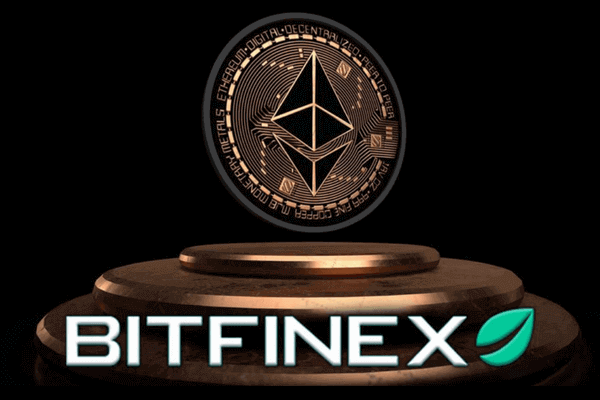How blockchain can open up energy markets
Aside from the buzzing neologism of Web3, there’s a lesser catchy but almost as crucial notion of Industry 4.0, which incorporates cutting-edge technologies that will shape the future industrial landscape. Blockchain is at the center of these systems in particular when it comes to the energy sector and energy markets.
The authors of a recent EUBlockchain Observatory study “Blockchain Applications in the Energy Sector” believe that distributed ledger technology (DLT) may become a key enabling technology and has a high possibility to impact or even disrupting the energy sector.
Given the five D’s of the Digital Green Shift, this comes as no surprise: deregulation, decarbonization, decentralization, digitization, and democratization.
The main deterrent to the wider usage of blockchain technologies in the energy system is how existing energy markets are structured.
In most countries throughout the world, because small-scale flexibility assets such as residential batteries, electric vehicles, heat pumps, and others require a license, participation in energy markets may only be achieved by way of their representation by an aggregator.
When considering a more direct market design, where flexible assets, regardless of their capacity, can directly bid into an energy market, marginal costs are reduced and distributed energy resources can participate more readily in energy markets.
Blockchain technology, through the use of decentralized identifiers and verifiable credentials, allows for this simple access by small-scale distributed energy resources into energy markets.
Furthermore, as new business models emerge that utilize consumer energy data to allow consumers to provide energy efficiency and management services, it is more important than ever for the prosumer to have the ability to consent for the distribution, processing, and storage of their energy data.
Related Posts





